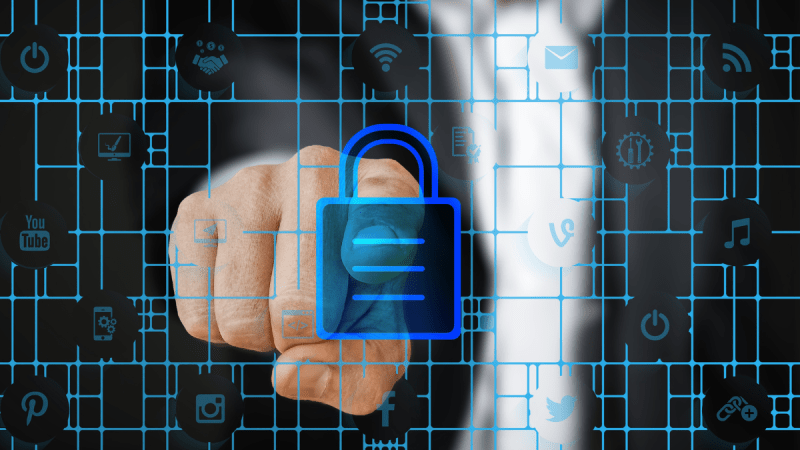Statistics About Data Breach And How To Secure Your Data

Here are some statistics about data breaches:
- According to the 2021 Verizon Data Breach Investigations Report, there were 5,258 confirmed data breaches and 29,207 security incidents reported in 2020.
- The average cost of a data breach is $4.24 million, according to the 2021 Cost of a Data Breach Report by IBM Security.
- The healthcare industry is the most vulnerable to data breaches, with an average cost of $9.23 million per breach, according to the IBM Security report.
- Human error is the leading cause of data breaches, accounting for 85% of all breaches, according to the 2020 Data Breach Investigations Report by Verizon.
- The most common type of data breach is the theft or loss of credentials, accounting for 37% of all breaches, according to the 2020 Data Breach Investigations Report by Verizon.
- The average time to identify and contain a data breach is 287 days, according to the 2021 Cost of a Data Breach Report by IBM Security.
- The United States has the highest number of data breaches globally, accounting for 39% of all data breaches, according to Verizon’s 2020 Data Breach Investigations Report.
- Small businesses are also vulnerable to data breaches, with 43% of all cyber attacks targeting small businesses, according to the 2020 Data Breach Investigations Report by Verizon.
These statistics highlight the prevalence and seriousness of data breaches and the need for organizations to prioritize cybersecurity measures to protect their data and prevent breaches.
How To Secure Your Data
Here are some steps you can take to secure your data:
Use strong passwords: Use strong, unique passwords for all your accounts, and avoid using the same password for multiple accounts. Consider using a password manager to generate and store your passwords securely.
Enable two-factor authentication: Enable two-factor authentication (2FA) or multi-factor authentication (MFA) for your accounts, which adds an extra layer of security to your login process.
Keep software up to date: Keep all software, apps, and operating systems up to date with the latest security patches and updates to prevent vulnerabilities.
Use antivirus software: Install reputable software on all your devices to protect against malware and other cyber threats.
Use encryption: Use encryption to protect your sensitive data, such as financial information and personal documents. Consider using tools such as VeraCrypt or BitLocker to encrypt your data.
Backup your data: Regularly back up your data and store it securely in a remote location to prevent data loss in case of a cyber-attack or system failure.
Be cautious with emails: Be cautious of emails from unknown senders or containing suspicious links or attachments. Please do not click on links or download attachments unless you are sure they are legitimate.
Use a virtual private network (VPN): Use a VPN when accessing public Wi-Fi networks or when browsing the internet to encrypt your data and protect your privacy.
By following these steps, you can help protect your data from cyber threats and ensure its security and privacy.






